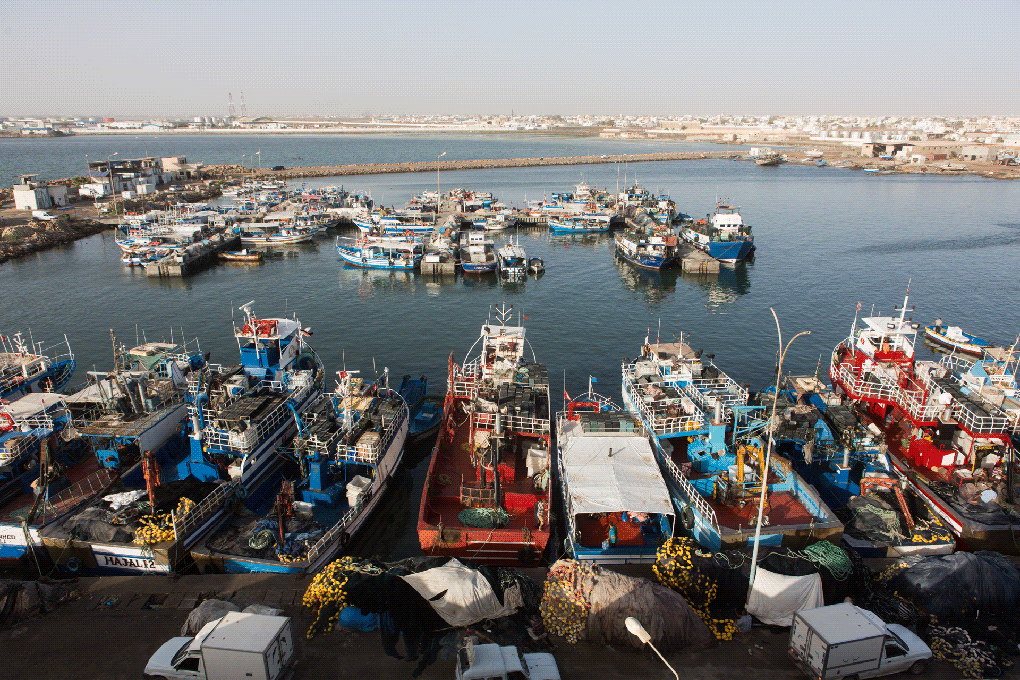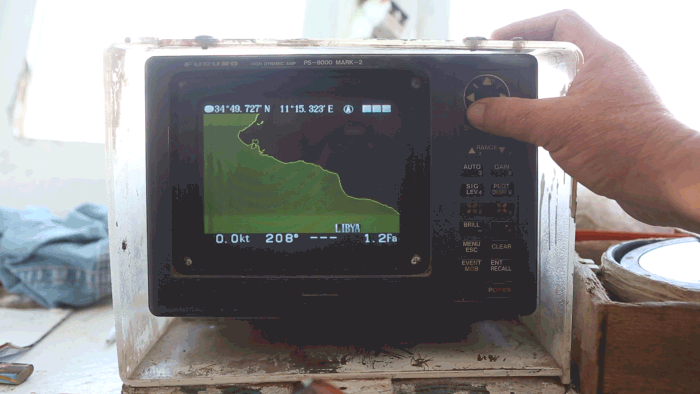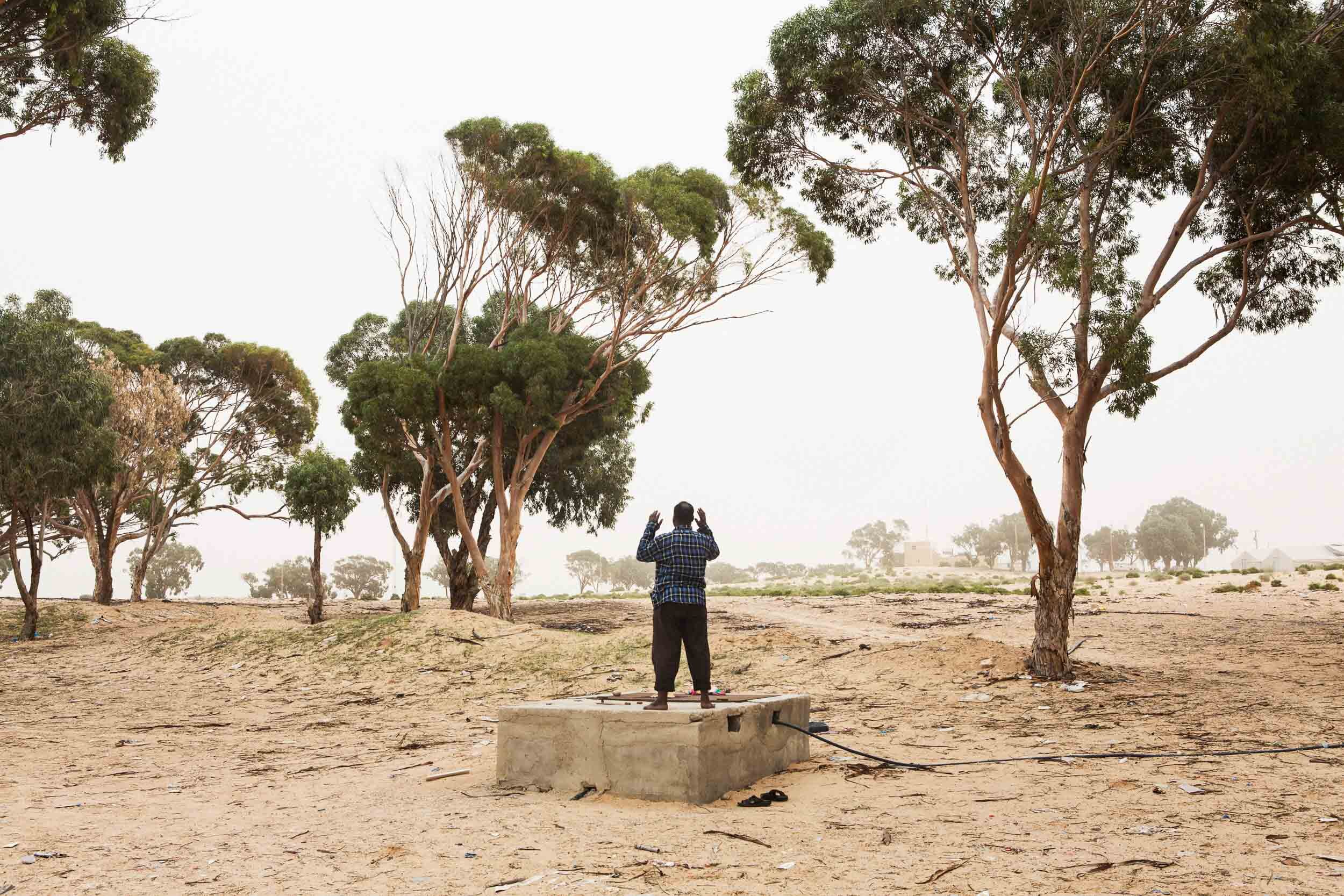
Ghost Boat
A boat went missing with 243 people on board.
What happened to them?
We decided to find out in a 10-part,
open, crowdsourced investigation.
2015-2016
In the summer of 2014, 243 refugees – men, women and children mostly from the repressive African country of Eritrea – fled their country in the hopes of reaching Italy. The boat they took from Libya disappeared in the Mediterranean Sea. Nobody noticed, except their families.
The Ghost Boat series, by journalist Eric Reidy, was an investigation that aimed to find out what happened to the boat and its passengers. The project - a 10-part, open, crowdsourced investigation - was funded by Medium.
The following visuals are the result of the three-months long research on the ground in Tunisia (Sfax, Zarzis and the Shousha camp at the border with Libya) and Italy (Sicily, Rome, Milan).
Vessels used to smuggle refugees across the Mediterranean Sea from North Africa to Sicily
Port of Zarzis, Tunisia
Houcine Mlich, a fisherman in the port of Zarzis, Tunisia.
Salah Eddine Bchareg, president of the Fishermen Association of Zarzis.
Salah Eddine Bchareg and his crew watch the sea as they set out from the port of Zarzis, Tunisia.
A life jacket left by a refugee left on a vessel used to smuggle people across the Mediterranean Sea
Tunisia. The Choucha Camp, a refugee camp, near the Ras Jedir border with Libya, officially closed by UNHCR and Tunisian authorities in 2013
Zarzis, Tunisia. Dr Riadh Belhadj, a general doctor who inspects the bodies that wash ashore in Zarzis and a volunteer for the Tunisian Red Crescent, walks out of the morgue of the General Hospital. The morgue has a capacity for 6 corpses. Usually corpses that ashore are inspected on location and brought directly in the migrant cemetery in the outskirts of the town.
Our car in the outskirts of Zarzis, where the corpses of migrants that washed ashore are buried next to a landfill.
Unmarked graves of drowned refugees next to a landfill



































